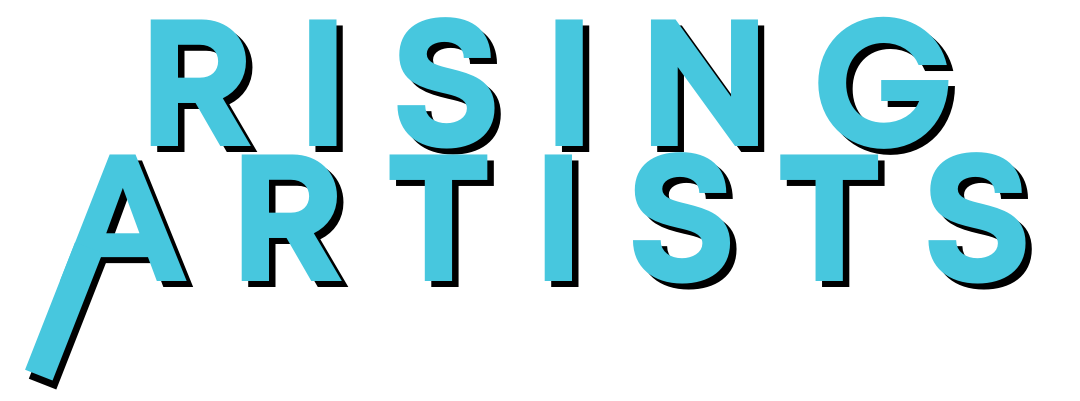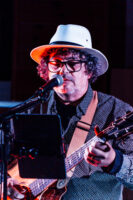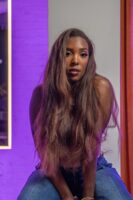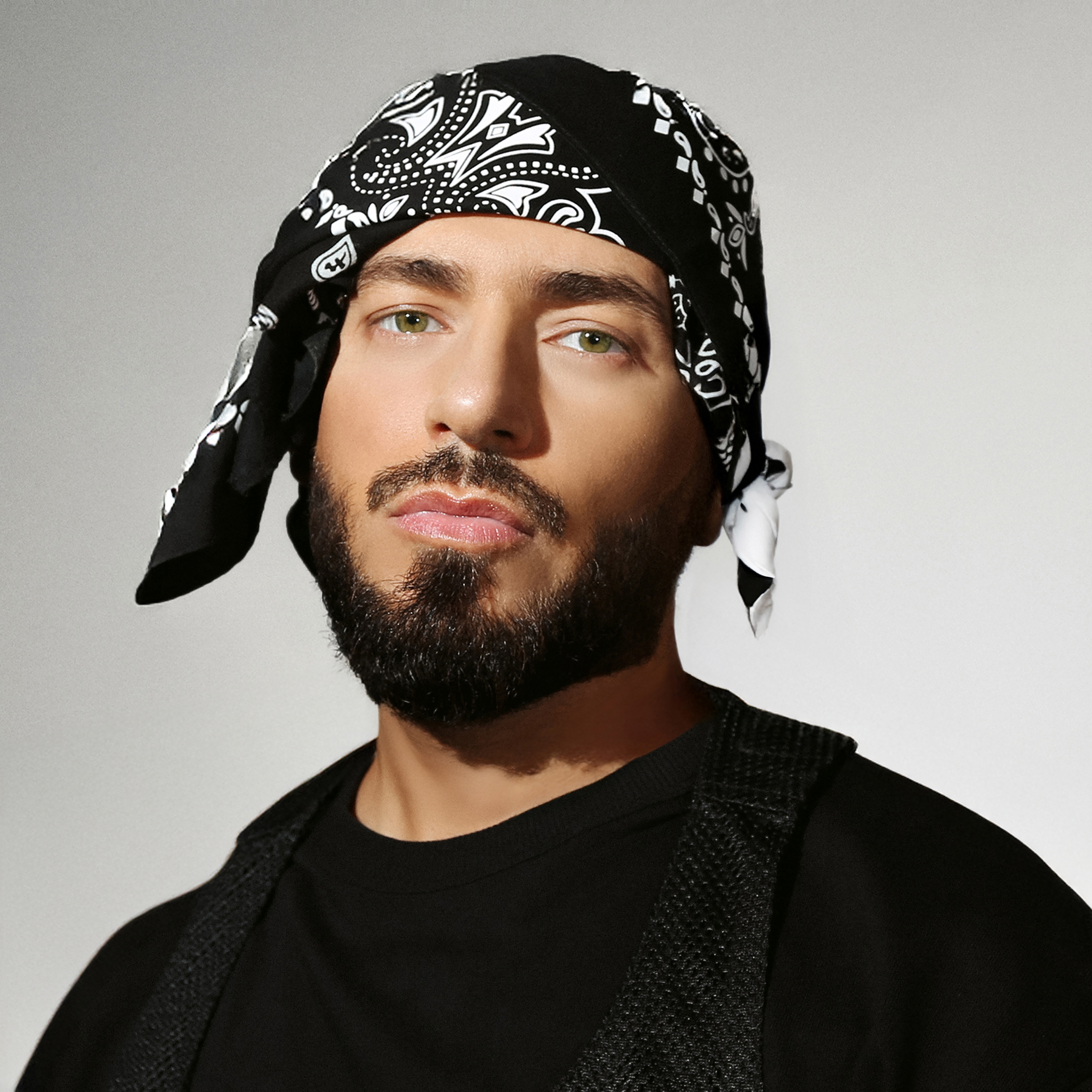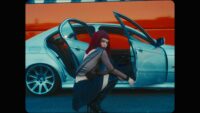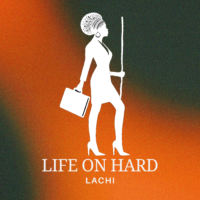Q: I love the melody and your vocals in “The Only Constant is Change” What inspired you to write this song?
SAHANA NARESH: “The Only Constant Is Change” is a combined effort by my producer (and cousin) Keshavara and me. The song is an ode to the union of two souls, and the complexities that ensue in all their glory. Every moment in a relationship, from the mundane to the spectacular, are a cause for celebration and reflection. The song was meant to remind me that change is the common theme that binds everything together and that I need to give in to the inevitable evolution of individuals within a relationship. Sometimes all I needed to do was trust the process, live in the moment, and have a little faith.
Q: Your sound combines indie with classical Hindustani vocals. How did you blend these sounds together and find your own unique voice as an artist?
SAHANA NARESH: Hindustani music has been the foundation for all my music. It has taught me the importance of rigor and taking the time to hone my craft. I have also learnt along the way the aesthetics I enjoy as a musician, thanks to the level of introspection Hindustani music required of me. In Hindustani, the composition is typically 6-8 lines, the rest of the music is improvised by the artists based on their study and understanding of that raag (musical scale with a characteristic phraseology and timing unique to that scale) – with a single “song” sometimes being performed for over an hour. Similar to jazz musicians, Hindustani musicians are expected to improvise and get creative within the boundaries of the raag they are presenting while using the composition as an anchor. As such, improvising on idea or a hook in the Indie realm has been an interesting and natural extension of this form of thinking.
I am still finding myself musically and discovering new things about my voice/music each day. I am experimenting with some fusion (Hindustani + Indie) music on one of my tracks “Gremlins” in my upcoming EP “Shore Out Of Reach”. I am excited and nervous about combining the two since I hold each genre/art form so close to my heart and I want it to be done in an elegant way.
Q: What was the process of creating “The Only Constant is Change”?
SAHANA NARESH: My producer, Keshavara came up with the initial melody of the song and we both worked on the lyrics and fine-tuned the melody together. We were lucky enough to have friends close at hand who were willing to get into a studio on short notice to record the song live. When the live band came together, everything sort of fell into place. Since we had a guitar, keys, bass, drums and lapsteel guitar on this particular track it resulted in a unique sound. The instrumentals were recorded live at Maarweg studios in Koln, Germany and I layered my vocals on top of the instrumentation. Also given my love for layers of harmony, I went to town on the backing vocals which completed the “sound” that we were going for.
Q: When did you know that you wanted to be a musician?
SAHANA NARESH: Music has been a big part of my childhood. My father sings and plays the Indian classical instrument Veena – he practiced every day and continues to do so. My producer and cousin Keshavara is a big influence in my life. He introduced me to some amazing musicians like the Strokes, Arctic Monkeys, Franz Ferdinand and Feist when I was a teenager and I think this shaped my musical tastes early on. My uncles, Ramesh and Suresh, founded the pioneering Indian Rock band in the 70’s called Human Bondage. My uncle Ramesh plays the drums and my uncle Suresh plays the guitar. We were surrounded by music and musicians as kids (my fondest memory is going on a tour with my uncle and his band through Europe in his VW Camper)!
My sister and I learnt to play the guitar from my uncle Suresh and it stuck with me even when I left home and moved to Seattle for work. It was not until I was working at Microsoft for almost 5 years that I had the courage to look myself in the mirror and admit that I wanted to be a full-time musician. I experimented on the side while working full time – sang backing vocals for other local bands, performed at open mics, formed a band called Treble City with my Seattle friends and started training in Indian classical music in Seattle to develop my voice. I met my Hindustani music Guru Aditiji at a workshop in Seattle and fell in love with her music. We joked about how fun it would be if I could take a year off and study Hindustani music. Then I realized there was nothing stopping me from doing this and I made the leap! In just a few days, I truly felt like I found my calling and decided to devote all my time to it – and it has been an absolutely wonderful experience – it has now been 7 years since I committed to music full-time, and I am so glad I did it!

Q: If you could collaborate with any artist, who would it be?
SAHANA NARESH: I would like to pick two artists:
A.R.Rahman – since I grew up listening to his music and it would be a dream come true for me to collaborate with him. Norah Jones – I love everything about Norah! The elegance in her music, how down to earth she is as a person, her sublime voice, the way she makes her piano speak. It would be a real honor to collaborate with her.
Q: What has been a highlight in your music career so far?
SAHANA NARESH: One of the highlights I would say is receiving scores of messages from moms (people I know and total strangers) about how “Milky Hands” took them back in time to when their babies were small. One of the moms told me that she could “smell her newborn” as she heard the song, and I was at a loss for words when I heard that. To me that is the biggest compliment I can receive! As musicians, we try to evoke emotion through our music and here is someone who had a sensory experience because of Milky hands. As a newish Indie musician, releasing music can be overwhelming in some ways and it is easy to get bogged down by statistics (number of followers, streams etc.). I try to keep compliments and experiences people have while hearing my music as my north star, since at the end of the day, it brings me the most joy 🙂
Interviewed by Shoshana Silow
FOLLOW SAHANA NARESH:
